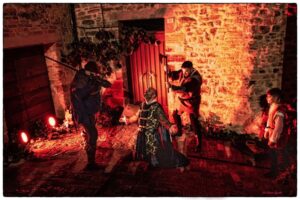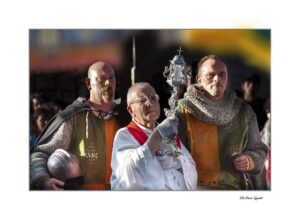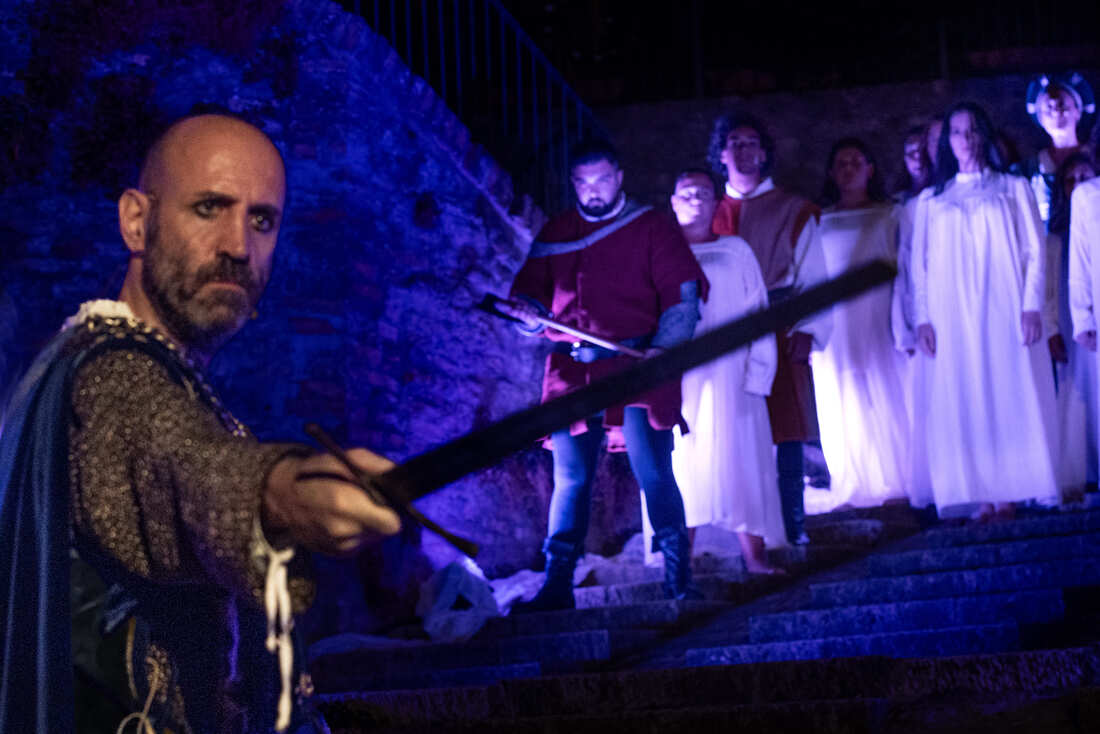By Catia Giorni
Photo by Paolo Ippoliti
Every year in Montone, in the heart of Umbria, one of the most heartfelt and appreciated historical re-enactments of the Region is staged, a festival with a centuries-old history that rests entirely on the participation and vocation of its volunteers and the inhabitants of the village. We talked about it with Raffaele Bei, President of the Pro Loco of Montone.
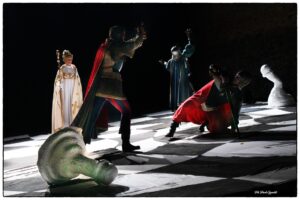
In Montone, every Easter Monday and the penultimate Sunday of August (this year, therefore, from 17 to 24 August), the celebrations of the feast for the Donation of the Holy Thorn take place, an event capable of polarizing around itself the attentions of all the inhabitants of the village and neighbouring towns, as well as the many tourists who flock every year, more and more numerous, to attend and participate in the event. “The Re-enactment was born in 1961 at the hands of the Pro Loco Montonese”, explains Raffaele Bei. “Since then, on the penultimate Sunday of August, a festival has been celebrated that for an entire week involves all the districts of Montone, namely that of Porta del Borgo, that of Porta del Monte and that of Porta del Verziere”. The Feast of the Holy Thorn aims to revive the memories of the illustrious past of Montone and the Fortebracci family: in 1473, in fact, Carlo Fortebracci, Count of Montone, after having valiantly fought for the Serenissima Republic of Venice, received a Thorn from the Crown of Christ as a gift. He therefore decided to bring it as a gift to Montone, decreeing its feast on Easter Monday.
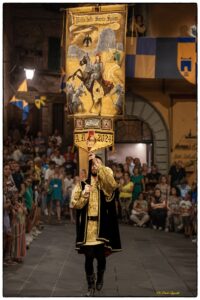 Popular legends tell that the Thorn, kept first in the Church of S. Francesco and then in that of S. Agnese, had attracted such a large number of pilgrims that in the early 1600s, for reasons of public order, a second exhibition was ordered. “Initially,” continues the EIB President, “the festival consisted of a religious event and popular games, which over the years have been articulated until they reached today’s formula: the palio lasts a week, in which each of the 3 districts proposes, the calls for challenges and then its own medieval representations made in the most evocative corners of Montone, staging particularly remarkable facts for the history of the village, or even simply moments of daily life in the 1400s”.
Popular legends tell that the Thorn, kept first in the Church of S. Francesco and then in that of S. Agnese, had attracted such a large number of pilgrims that in the early 1600s, for reasons of public order, a second exhibition was ordered. “Initially,” continues the EIB President, “the festival consisted of a religious event and popular games, which over the years have been articulated until they reached today’s formula: the palio lasts a week, in which each of the 3 districts proposes, the calls for challenges and then its own medieval representations made in the most evocative corners of Montone, staging particularly remarkable facts for the history of the village, or even simply moments of daily life in the 1400s”.
The calls and performances are then judged by a jury of experts, evaluating their historicity, scenography and interpretation. “The other competition that brings points for the victory of the Palio is the archery challenge, a moment of the celebration particularly awaited by the people of Montone”: over the years a real group called “Malatesta Archers” has been created, who train all year round and compete for the Feast of the Holy Thorn, also competing in other historical bow events scattered throughout Italy. The sum of the scores achieved in the calls for challenges, medieval representations and archery allow you to win the Palio della Santa Spina and elect the first Dame of the district as Castellana, Margherita Malatesta, wife of Carlo Fortebracci. Finally, the historical parade is the most important moment of the festival, in which the 3 districts parade through the streets of Montone to honour Carlo Fortebracci: a particularly evocative moment, in which the Holy Thorn is exhibited outside the Church, so that all the public and the figurants can see the relic up close.
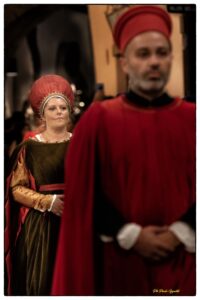 “This year,” Raffaele Bei emphasizes, “there will also be Conferences on the Holy Thorn and an Exhibition on the Vicar, which will be permanently brought to the Church of St. Francis.”
“This year,” Raffaele Bei emphasizes, “there will also be Conferences on the Holy Thorn and an Exhibition on the Vicar, which will be permanently brought to the Church of St. Francis.”
It is impossible not to remember the words of the President regarding the participation of the citizens, engaged in the front row in the realization of the activities: “until the 80s, unlike today, the festival did not have a tourist imprint, it was mostly known by neighbouring countries. Today there is a more accurate search for the representations, they are organized and prepared several months in advance before the festival, as well as greater attention to detail, so much so that the event is now recognized regionally, reaching an excellent response at a tourist level. The beating heart of the festival are the Rioni, each with its own neighbourhood tavern, ready to welcome and entertain residents and tourists.
There is a great civic involvement, everyone gives their contribution to the functioning and management of the district, sometimes even with the participation and support of the neighbouring villages, now an integral part of the Festival. My greatest and most sincere thanks go to the commitment of the volunteers in the realization of the celebrations, a preparation that requires many months of hard work, considering the calls for challenges, the costumes, the sets, the taverns, the historical parade and all the other activities set up to give life to an atmosphere of celebration and conviviality: a joyful moment in which, even considering the local races, there are no losers, but only one winner, the village of Montone”.
